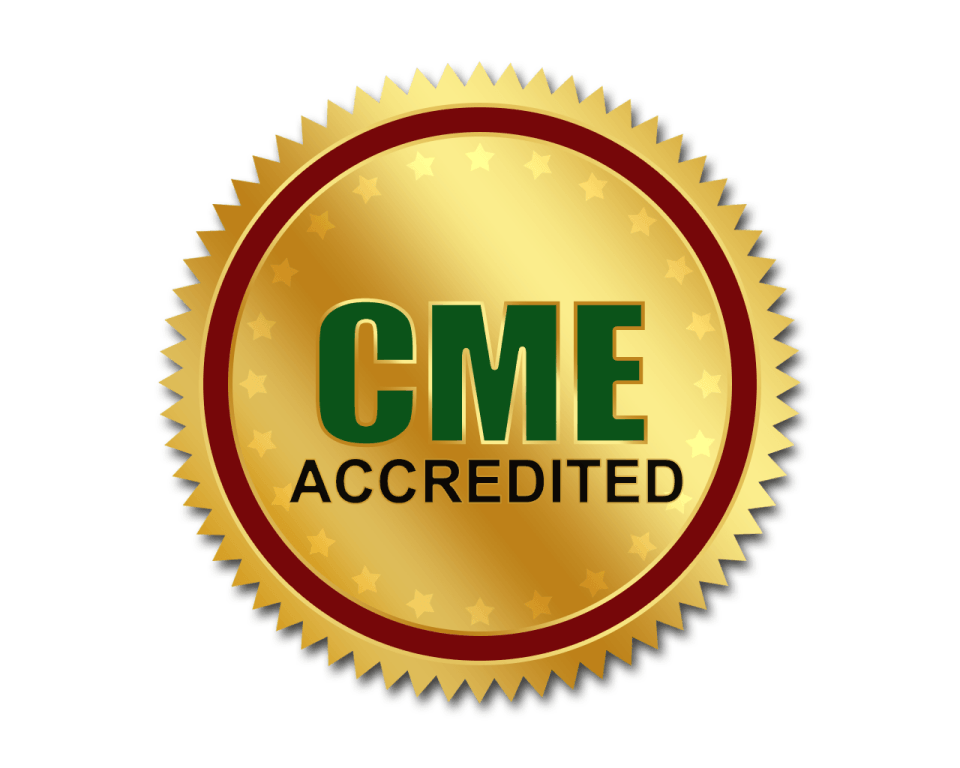
Biography
Biography: Salem Awadh
Abstract
UAE was a country of intermediate prevalence and now it is considered a low prevalence because of the policy of universal vaccination since 1992. The complete, sustained clearance of HBV among chronically infected patients, and the hope of eradicating HBV from our planet should be our dream and mission in the coming years. H BsAg have served as a qualitative serological marker of HBV infection for several decades. Since 2004, due to development of advanced quantitative assays for HBsAg level has led to much interest in its potential use to monitoring the status of chronic HBV infection and antiviral response. Baseline HBsAg level and its dynamic characteristics during therapy with nucleoside/tide analogues or interferon{ INF} have become very important predictors of antiviral response. HBsAg titres are not associated with ALT levels among most patients in the same phase. Genotypes are the most important determinants of HBsAg levels both for treatment-naïve and treated patients. Genotype A seems to have a higher probability of HBsAg loss in both the natural course of HBV infection and antiviral treatment. 10% of patients of affected patients have genotype A in UAE and the predominant genotype is genotype D which is difficult to treat and 25% seroconvert ion fron e antigen positive to e antigen negative after one year Serum HBsAg levels tend to be higher in; HBeAg positive, Genotype A. Special mutations of HBV S gene can lead to HBsAg variants which may be under estimated or undetectable by current assays. Clinicians should therefore pay attention to false loss of HBsAg for some patients with HBV s Ag variants. Achievement of HBsAg seroconversion does not always indicate HBV eradication during PEG-INFa therapy. Coinfection or superinfection of HBV with HCV, HDV, HAV, or HEV may lead to lower levels of HBsAg and HBV DNA than single HBV infection in the same natural phase. Different antiviral treatment protocols have different effects on HBsAg decline and HBsAg is highest in immunotolerant phase. “HBsAg level < 1500 IU/ml at week 12 of PEG-INFa therapy had a PPV of 33% for HBeAg seroconversion 24 weeks after EOT”. at week 24 HBsAg level : <300 IU/ml is SVR Predictor HBsAg loss is reached in 3-7% of patients. Patients with HBsAg titres > 20 000 IU/ml at weeks 12, 24 of PEG-INF-a were considered not to have achieved a post-treatment response , this could be used as a “stopping rule. PEG-INF-a -Patients with HBsAg < 1500 IU/ml at week 12 of PEG-INF attained an HBsAg clearance rate of 17.6% at 24 weeks after EOT. PEG-INF-a -In patients with : HBsAg Decline >1 log 10, and serum level < 300 IU/ml at 24 weeks during treatment achieved a SVR rate of 75% compared with only 15% those who did not have these criteria. PEG-INF-a -On treatment: HbsAg levels <1,500 IU/ml at 12 week,s could predict SVR 12 months after EOT. After HBeAg loss, serum HBsAg decline seems to somewhat underestimate the decline of cccDNA, and the decline of serum HBV DNA is much greater than the reduction of intrahepatic viral load.




